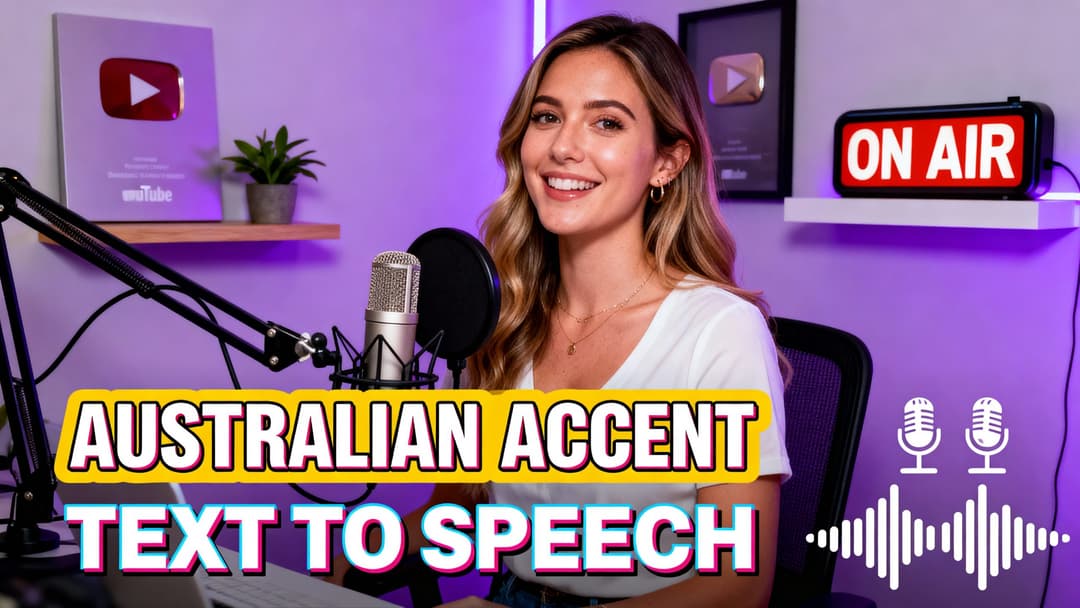From the moody hues of Van Gogh’s Starry Night, to the awe-inspiring precision of Da Vinci’s Vitruvian Man, art has long been a beacon of human creativity. As we march into the age of automation, Artificial Intelligence (AI) has begun to make its own inroads into this timeless realm, giving birth to an intriguing new genre: AI Art.
AI Art, also known as generative art, is a revolutionary marriage between technology and creativity. It involves the use of AI algorithms and neural networks to produce unique, visually engaging pieces of art. These AI systems, which are trained on colossal databases of images, generate art in an array of styles and forms, pushing the boundaries of what can be achieved through traditional methods.
In this blog post, we delve into the fascinating world of AI Art, focusing particularly on the role of AI Art Prompts. As we navigate through these digital waters, we’ll provide you with a host of tips and templates to kick-start your AI artistry. So whether you’re an artist exploring new creative outlets or a tech enthusiast intrigued by the convergence of AI and art, this post is guaranteed to stimulate your mind and spark your imagination. Let’s embark on this artistic adventure!

Understanding AI Art Prompts
At the heart of AI-generated art are prompts – these are the initial inputs that steer the course of the creative algorithm. AI art prompts act as the foundation from which the AI model builds its masterpiece. They are direction-imbuing guidelines, the seeds from which the AI system nurtures an artwork. By using a collection of words or phrases, these prompts instruct the AI on what it should aim to create. It could be as specific as a detailed scene description or as broad as a single word. The choice of prompt will influence the style, subject, and mood of the produced artwork.
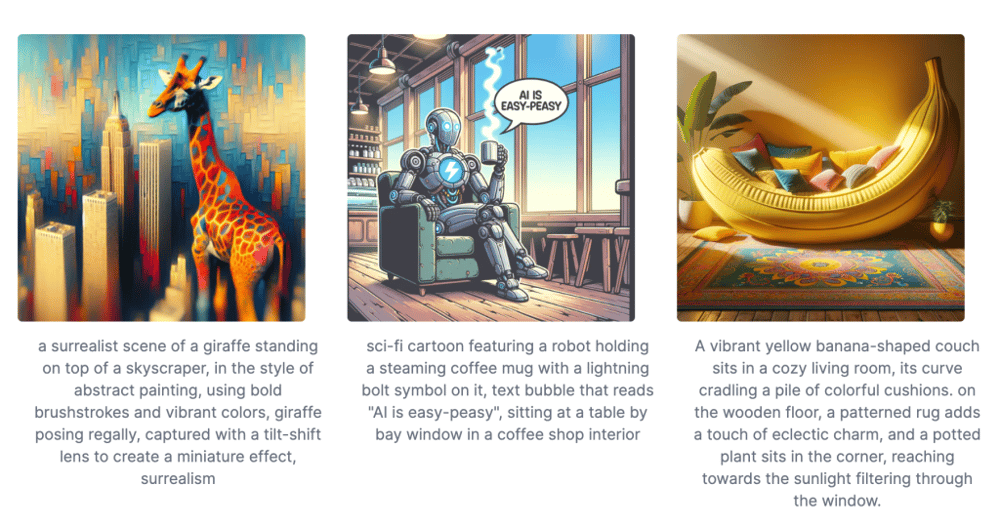
The flexibility and scope of AI art prompts are immense: they can range from simple, direct commands such as “draw a cat,” to more complex and abstract ones like “imagine a moonlit forest where fairies dance.” Yet, it is essential to understand that regardless of the complexity of the prompt, the concept it conveys must be clear and concise. Ambiguity can lead to unpredictable results, and while this might lead to happy accidents in some cases, it can also produce nonsensical or discordant images in others.
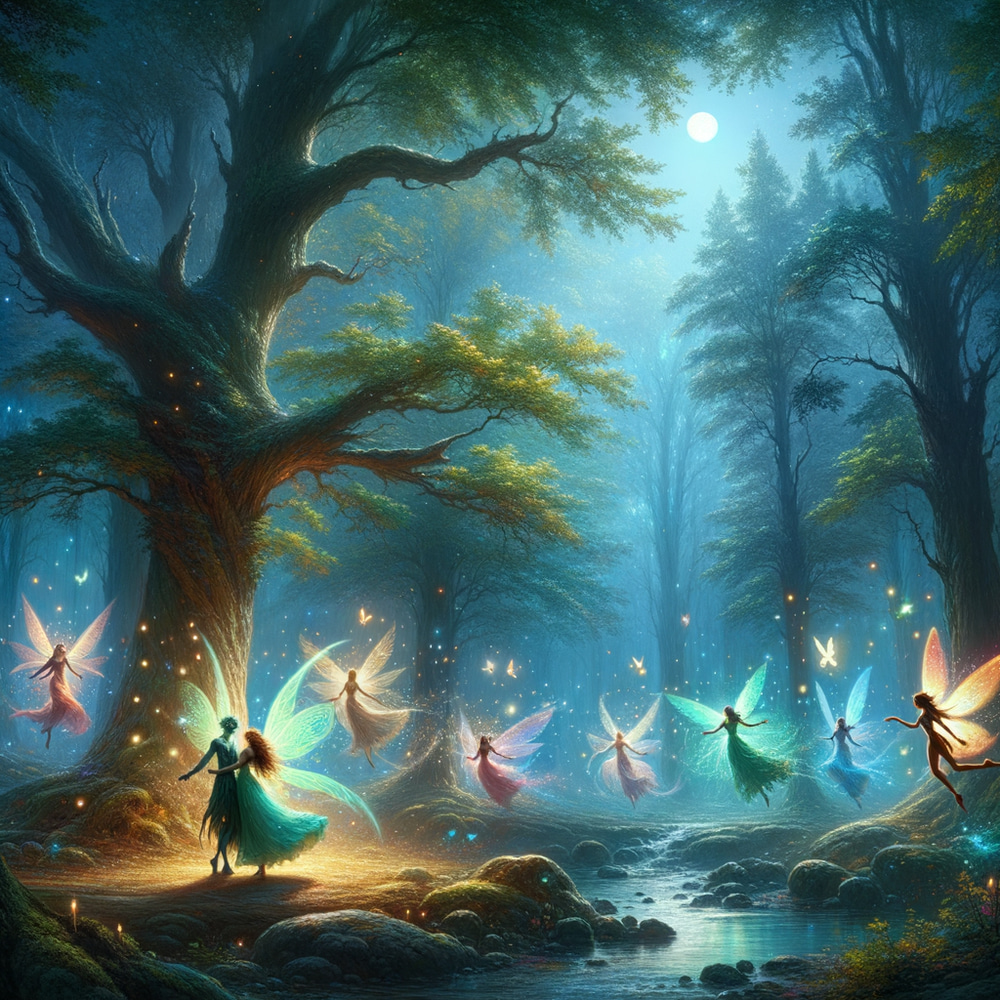
The interplay between AI and the prompts is a dynamic one. AI, armed with its learning algorithms, takes the cues from the prompts and creates art with a blend of randomness, precision, and creativity. It can mimic existing art styles or concoct entirely new aesthetics, all the while following the trajectory set by the prompt. This symbiosis between AI and art prompts is what drives the creative process in AI-generated art, offering a fascinating blend of human-directed creativity and AI-powered execution.
The Importance of Mastering AI Art Prompts
Mastering the craft of writing effective AI art prompts can unlock a world of creative possibilities. It is akin to learning a new language – the language of an AI artist. By becoming adept at articulating your creative vision through prompts, you can effectively communicate with the AI system. This skill allows you to guide the AI’s creative process, steering it towards your desired outcome. Understanding and mastering AI art prompts is, therefore, a critical aspect of AI-generated art, a step towards leveraging the full potential of AI in the realm of creativity.
Key Tips for Writing Effective AI Art Prompts
When it comes to crafting effective AI art prompts, there are several key points to keep in mind. These can greatly impact the quality and specificity of the art generated by the AI system. Here are some of the most important guidelines:
- Clarity and Detail: One of the main considerations is providing clear and detailed instructions. This can be achieved by using specific nouns, adjectives, and verbs to bring out an interesting subject. Ideally, a prompt should contain at least 3 to 7 words to give enough context for the AI system to generate accurate artwork.
- Descriptive Language: Another crucial aspect is the use of descriptive language. Adding adjectives can infuse the artwork with different feelings and emotions, making it more expressive and engaging. Descriptive language can guide the AI system in creating the desired artwork, leaving room for creative interpretation by the AI.
- Artists and Art Styles References: If the aim is to mimic a particular artist’s style, include the artist’s name in the prompt. This will guide the AI system to generate artwork inspired by that artist’s unique style. Additionally, specifying a particular style can steer the AI system to create artwork in that specific style.
The use of AI in art is a burgeoning field, and knowing how to use AI art prompts effectively can significantly enhance the quality of the generated artwork. These tips serve as a starting point, encouraging you to experiment and explore the vast creative possibilities offered by AI.
The Role of Descriptive Language in AI Art Prompts
Descriptive language plays a pivotal role in shaping the outcome of AI art prompts. This section delves deeper into the importance of descriptive language in crafting effective prompts for AI art generation.
The first point of importance is that descriptive language provides the necessary guidance for the AI system to create the envisioned artwork. Packed with adjectives, adverbs, and vivid imagery, descriptive language breathes life into your prompts, turning them into a vivid panorama that the AI system can understand and interpret. Using multiple adjectives, for instance, can infuse different feelings and emotions into the artwork, transforming it into an expressive canvas.
The second advantage of using descriptive language is the ability to influence the mood and atmosphere of an artwork. By embedding specific adjectives and descriptors, artists can dictate the overall aura of the piece. For example, words like ‘warm‘, ‘tranquil‘, or ‘ominous‘ can dramatically shift the ambiance and aesthetic appeal of the AI-generated art.
Thirdly, descriptive language aids in accentuating the details and nuances in an artwork. When you specify details like ‘a sunset with hues of pink and orange‘ or ‘a serene forest with tall, verdant trees‘, the AI system gets a better grasp of the desired artwork’s intricacies and complexities. Such a high level of detail results in more realistic and compelling AI-generated art.
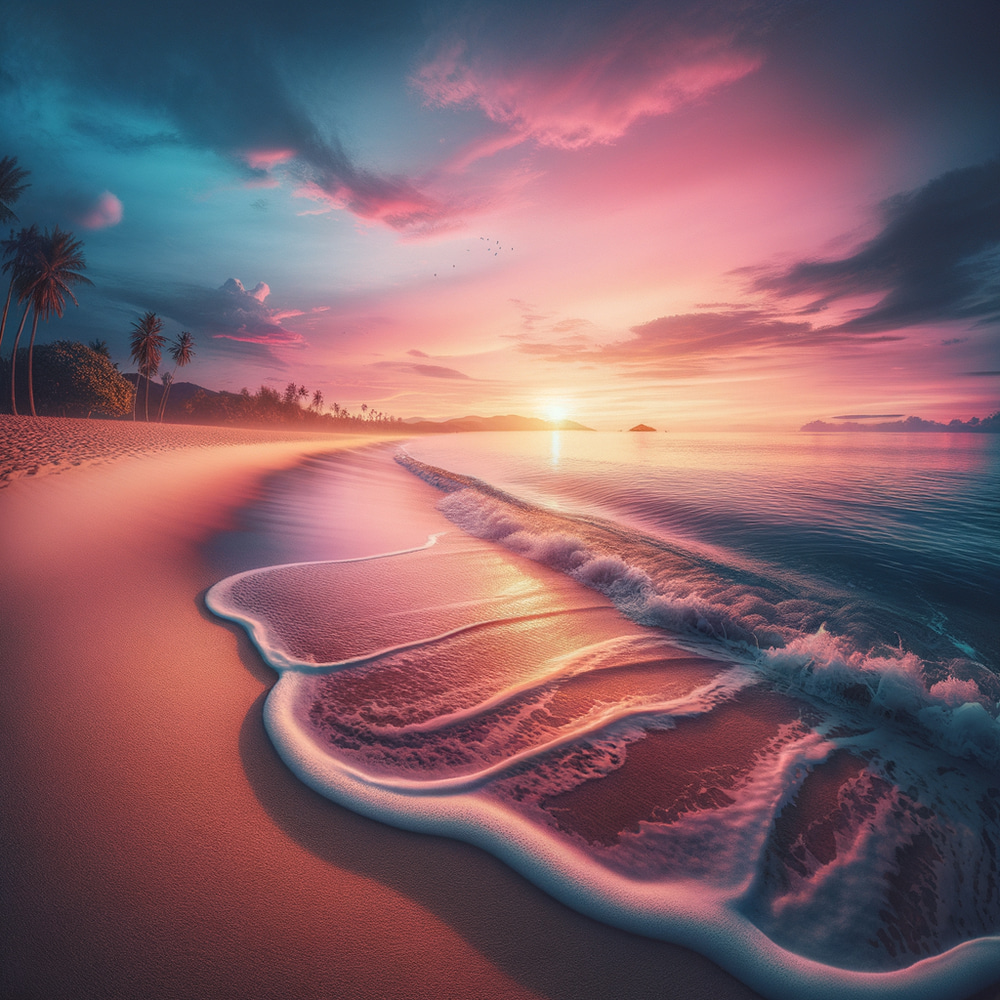
Lastly, the use of metaphorical and figurative language adds another layer of depth to AI art prompts. Using such language can help the AI system generate more abstract and symbolic artwork, pushing the boundaries of creativity. Words and phrases with metaphorical connotations can guide the AI towards unexpected and novel visual interpretations, offering unique artistic perspectives.
To sum up, descriptive language is a powerful tool that provides the necessary direction, sets the mood, highlights intricate details, and introduces abstract concepts to AI art prompts. By harnessing its power, artists and enthusiasts can guide AI systems to create engaging, expressive, and diverse works of art.
Referencing Artists and Art Styles in AI Art Prompts
AI art prompts can be significantly enhanced by referencing specific artists or art styles. Indicating the name of an artist within the prompt, for instance ‘in the style of Picasso,’ can channel the AI system to generate artwork mirroring that specific style. This could result in pieces that echo the abstract and cubist tendencies of Picasso, or the dreamlike, surrealistic elements of Salvador Dali. Drawing inspiration from particular artists or artistic movements can provide a richer context for the AI system, sparking creativity and leading to more diverse and engaging results.

The beauty of this approach is that it transcends temporal and geographical boundaries, enabling you to create art in the style of artists from any era or region. For example, you could opt for the intricate patterns of Islamic art, the bold colors and geometric shapes of African art, or the precise brushstrokes and atmospheric perspective of Renaissance art. In essence, referencing artists and art styles within your AI art prompt is an effective way to expand your artistic horizons and explore different aesthetics and techniques.
However, it’s important to remember that while AI can mimic the style of a given artist or art movement, it might not fully capture the emotion, intent, or cultural significance behind the original works. Such nuances are often deeply personal and tied to human experiences and societal contexts. Therefore, when using this technique, it is critical to maintain respect and sensitivity towards the artist’s original works, and not to lose sight of the human element that lies at the heart of art.
Finally, when referencing artists and art styles in your AI art prompts, try to be as specific as possible. Instead of saying ‘in the style of impressionism,’ you might reference a specific artist within the movement, like Monet or Renoir, or a specific artwork to provide a distinct direction. Similarly, you could specify ‘Van Gogh’s Starry Night color palette’ or ‘the swirling patterns in Edvard Munch’s The Scream.’ By being specific, you can guide the AI system more effectively towards generating the artistic vision you have in mind.
Utilizing Computer Graphics Tools and Techniques in AI Art Prompts
The Power of Computer Graphics Tools
In the vast world of AI art creation, mentioning computer graphics tools in your art prompts can significantly enhance the effectiveness of the generated art. These tools, such as Octane Render or Unreal Engine, are not simply the architects of breathtaking visual effects in gaming and movies. They can also guide the AI system to incorporate specific graphical elements or effects into the artwork, giving it a unique touch and a refined finish.
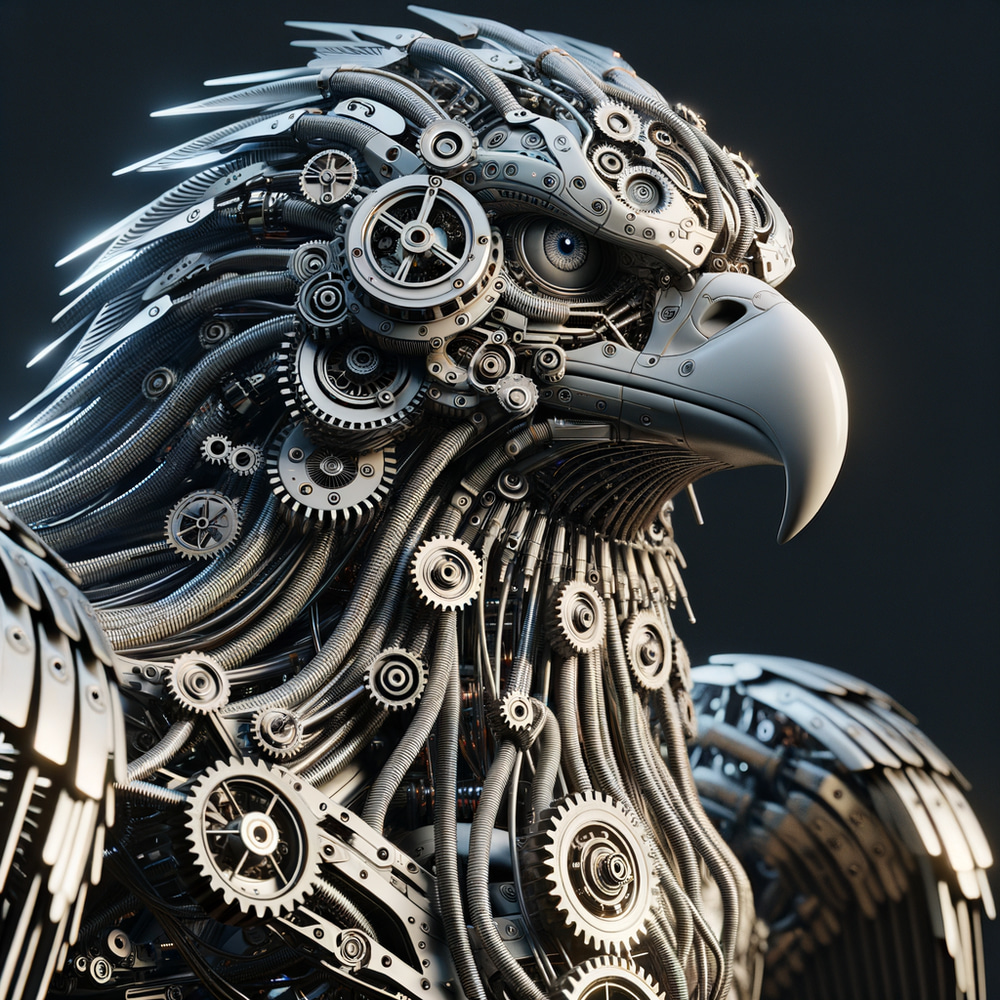
The Role of Computer Graphics Tools
When you incorporate the names of specific computer graphics tools and techniques in the AI art prompts, you essentially instruct the AI to mimic the functionalities of these tools. For example, by mentioning “Octane Render“, you’re suggesting the AI to incorporate the high-quality rendering effects that Octane is known for. This can result in an artwork that showcases a wide range of color details, depth, and realism that Octane Render is revered for.
Techniques that Amplify the Artwork
It’s not just the tools; the techniques also matter. Various computer graphics techniques can be spelled out in the prompt to guide the AI in creating more dynamic and engaging artwork. For instance, you can mention techniques like “ray tracing” or “ambient occlusion” in the prompt. These terms are associated with specific visual effects—ray tracing for realistic lighting effects, and ambient occlusion for the way light radiates in an environment, particularly off surfaces and corners. This level of specificity can help create artworks that are uniquely detailed and visually appealing.
A Match Made in Digital Heaven
The combination of AI and computer graphics tools is like a match made in digital heaven. It allows artists to break the shackles of traditional art mediums and create pieces that were once only imaginable. With AI-assisted art, the possibilities are boundless, and the creative potential is limitless. By incorporating computer graphics tools into your art prompts, you’re not just creating art; you’re pioneering a new frontier of digital art creation.
Experiment and Discover
Just as the art world is about experimentation and discovery, so is the realm of AI-assisted art. Don’t be afraid to play around with various computer graphics tools and techniques in your prompts. It’s through this experimentation that you’ll discover what works best for your creative vision. As you iterate and refine your prompts, you’ll be able to create AI-generated artworks that are not only visually stunning but also uniquely yours. The art world is your oyster, and with AI, you’re equipped with the perfect tool to crack it open.
The Do’s and Don’ts: Banned Words and Positive Prompts
When it comes to crafting effective AI art prompts, it’s crucial to understand the rules of the game. One rule that should not be overlooked is the use of banned words. Yes, that’s correct, some words are off-limits. AI art generators may have a list of words that, if included in your prompt, could result in your artwork not being generated or even lead to a ban. The purpose of these restrictions is to prevent inappropriate or harmful content from being generated. Therefore, it’s always wise to familiarize yourself with these restrictions and avoid banned words when crafting your AI art prompts to ensure smooth sailing.
On the flip side of restrictions are opportunities. When creating an AI art prompt, keep in mind that positivity can go a long way. Writing positive prompts that describe what should be present in the artwork, rather than what is missing, can open up a world of creativity for the AI. This positive framing acts as a beacon, guiding the AI towards creating artwork that is engaging, appealing, and full of life. For example, saying “Include a vibrant sun in the sky” will yield better results than “Don’t leave out a sun.”

Moreover, this approach of using positive prompts can also help create a more positive and inclusive environment in the realm of AI-generated art. By focusing on what should be included, we are encouraging diversity and inclusivity, rather than the exclusion of elements. This not only enhances the quality of the generated art but also fosters a more vibrant and diverse community of AI art enthusiasts.
Furthermore, positive prompts can impact the psychological experience of the artist or enthusiast using the AI tool. By focusing on what’s possible and desirable, rather than what’s missing or undesirable, it can foster a more positive and enjoyable creative experience. So, whether you are an artist exploring new horizons or a hobbyist having fun with AI art, remember that positivity can be a powerful tool in your creative toolkit.
In conclusion, when it comes to the do’s and don’ts of AI art prompts, remember that banned words are a big no-no and positivity is a big yes-yes. By avoiding banned words and embracing positive language, you can enhance both the quality of your AI-generated art and the overall creative experience. So, let’s keep these tips in mind as we continue to explore and push the boundaries of this exciting new frontier of art.
Experimentation and Iteration: The Path to Mastering AI Art Prompts
Every artist, coder, and AI enthusiast should remember that mastering AI art prompts is indeed a journey, not a destination. It’s about continuously experimenting with prompts, tweaking language, exploring various art styles, and learning from the output each time. The freedom to iterate and experiment is what makes AI art so engaging and ultimately rewarding.
Art Prompt Generator by Easy-Peasy.AI
The Art Prompt Generator by Easy-Peasy.AI offers a wide range of diverse and inspiring prompts to help artists kickstart their creative process. Whether you’re a beginner or an experienced artist, this tool provides endless possibilities for generating unique and interesting ideas. From landscapes to portraits, still life to abstract art, the prompts cover a variety of subjects and artistic styles. With just a few clicks, you can explore different themes and genres, allowing you to experiment and push the boundaries of your creativity.

One of the standout features of the Art Prompt Generator is its advanced AI technology powered by GPT-4. By enabling the ‘Use advanced AI model?‘ toggle, artists can leverage the cutting-edge capabilities of this AI model to enhance their experience. The AI understands the nuances of different artistic styles, compositions, and techniques, resulting in more accurate and tailored prompts. This not only saves time but also provides artists with fresh and innovative ideas they may not have considered before.
The Art Prompt Generator allows users to customize their prompts based on specific preferences. Artists can upload their own images as a starting point, providing a personal touch to the generated prompts. Additionally, the tool allows users to specify a topic or theme, enabling them to focus their creativity on a particular subject. Whether you’re looking for prompts related to nature, fashion, or even pop culture, the customization options ensure that the generated prompts align with your artistic vision.
Here are 50 AI art prompts to inspire you:
- A serene lakeside scene at dawn, with mist rising off the water.
- An ancient library filled with endless rows of mystical books, illuminated by soft, magical light.
- A vibrant street market in a bustling eastern city, alive with colors, sounds, and aromas.
- A sprawling desert oasis under a starlit sky, with palm trees swaying gently in the breeze.
- A hauntingly beautiful abandoned mansion overtaken by nature, with ivy covering its walls.
- An underwater city glowing with bioluminescent light, inhabited by fantastical sea creatures.
- A dense jungle path leading to a hidden temple, shrouded in mystery and ancient magic.
- A surreal landscape where floating islands defy gravity, surrounded by glowing waterfalls.
- A cozy cabin in a winter wonderland, smoke rising from the chimney into the clear, starry night.
- An ethereal forest glen lit by thousands of fireflies, creating a magical atmosphere.
- A post-apocalyptic city reclaimed by nature, with wildlife roaming the streets.
- A futuristic train slicing through a neon-lit metropolis under a torrential rain.
- A majestic castle perched atop a cliff, overlooking a turbulent sea during a thunderstorm.
- An alien planet with exotic flora and fauna, under the light of two suns.
- A cyberpunk alleyway teeming with activity, neon signs flickering in the damp air.
- A tranquil Buddhist monastery set high in the mountains, shrouded in mist.
- An opulent ballroom from the Victorian era, filled with elegantly dressed dancers.
- A fiery volcano erupting on a remote island, with lava flowing into the sea.
- A romantic Parisian café scene, with artists painting along the Seine River.
- A steampunk workshop filled with intricate machinery and inventive gadgets.
- An idyllic countryside with rolling hills, wildflowers, and a meandering stream.
- A dramatic cliffside sunset, with waves crashing against the rocks below.
- A vibrant coral reef bustling with marine life, under the clear blue ocean.
- A detailed cityscape from the Renaissance period, bustling with activity and rich in architecture.
- A whimsical candy land filled with sweet treats and confectionery creations.
- An eerie swamp at night, with fog rolling in and the glow of will-o’-the-wisps.
- A medieval village during a lively festival, with music, dancing, and jesters.
- A space station orbiting a distant planet, with astronauts conducting experiments.
- A barren wasteland with a lone, resilient tree surviving against the odds.
- A traditional Japanese tea garden, with a delicate bridge over a koi pond.
- A roaring 1920s speakeasy, buzzing with jazz music and flapper dancers.
- An autumn forest path covered in fallen leaves, with the sun filtering through the trees.
- A detailed depiction of the Hanging Gardens of Babylon, in all their ancient glory.
- A colorful Venetian carnival, with elaborate masks and costumes.
- A dystopian cityscape, with towering structures and a oppressive atmosphere.
- An intense battlefield from a historical war, smoke hanging heavy in the air.
- A serene monastic library filled with ancient texts, bathed in the light of stained glass windows.
- A vibrant underwater coral garden, teeming with colorful fish and sea life.
- A peaceful alpine meadow, with wildflowers and a backdrop of snow-capped mountains.
- A decrepit haunted house on a hill, under the light of a full moon.
- A bustling spice market in Morocco, with vibrant colors and rich scents.
- A moonlit graveyard, with ancient tombstones and creeping fog.
- A grand opera house, with a stunning performance underway.
- A surreal painting of a city where the buildings bend and twist like in a dream.
- A magical woodland clearing, with fairies dancing in a ring.
- A panoramic view of an ancient Roman forum, alive with citizens of the empire.
- A frozen waterfall, with ice climbers ascending its glittering surface.
- A romantic Venetian gondola ride at sunset, with historic buildings lining the canals.
- A bustling industrial revolution factory, with steam engines and laborers at work.
- A majestic view of the Great Wall of China winding through the landscape.
Conclusion
Delving into the world of AI Art Prompts has been an enlightening journey. We’ve explored the significance of AI art, the importance of effective prompt writing, and deep dived into the nuances of descriptive language. We’ve understood how referencing artists and art styles can create unique AI art, and how computer graphics tools and techniques can be employed. We’ve also discovered the crucial role of specifying art quality and resolution in prompts, and the potential impact of language and biases.
The realm of AI art is one of endless possibilities and creativity. However, like any other art form, it requires careful thought, a keen understanding of the medium, and a willingness to experiment and iterate. From banned words to positive prompts, every detail matters when creating AI art.
In the end, it’s not just about creating a masterpiece; it’s about the journey, the learning, the exploration, and most importantly, the joy of creation. So whether you’re an experienced artist trying their hand at AI, or a tech enthusiast attempting to create their first AI art, remember to enjoy the process, experiment with prompts, and continuously iterate. Because the world of AI art is yours to shape and explore. Happy creating!
FAQ
- What is AI Art and why is it significant?
AI Art refers to artworks created with the assistance of artificial intelligence. It’s significant as it opens up new realms of creativity and innovation, allowing for the creation of unique and ethereal art pieces that may be beyond human capacity.
- What are AI Art Prompts?
AI Art Prompts are instructions or suggestions provided to the AI, which guide it in creating the art piece. These prompts can range from basic color suggestions to more complex style and technique directives.
- How can one write effective AI Art Prompts?
Writing effective AI Art Prompts requires a clear understanding of the desired outcome, the use of descriptive language to communicate this, referencing specific artists or art styles, and specifying the quality and resolution of the final artwork.
- Why is descriptive language important in AI Art Prompts?
Descriptive language helps to create a detailed visual image for the AI, guiding it accurately to create the desired artwork. The more detailed and precise the language, the clearer the AI’s understanding will be.
- What is the role of computer graphics tools in AI Art Prompts?
Computer graphics tools and techniques can be utilized in AI Art Prompts to enhance the visual aspects of the art, such as texture, color balance, and depth.
- Can I use Art Prompt Generators?
Yes, you can use Art Prompt Generators to help you craft the perfect prompt that can create a perfect image.
- What are some Do’s and Don’ts in AI Art Prompts?
Do’s include being specific, using descriptive language, referencing art styles, and being clear about the art’s quality and resolution. Don’ts involve using banned words or phrases that could lead to inappropriate or offensive outputs.
- What is the impact of language and biases on AI Art Prompts?
Biases in language can impact the outcome of AI Art Prompts, potentially leading to stereotyped or biased results. It’s essential to be mindful of language use, to ensure fair and unbiased art outputs.
- Why is experimentation and iteration important in mastering AI Art Prompts?
Experimentation and iteration are crucial for improving one’s proficiency in AI Art Prompts. Each iteration provides feedback that one can learn from, ultimately leading to more effective prompts and better art outputs.
P.S. Create unique images from scratch using Easy-Peasy.AI Image Generator for free. Sign up for Free plan and gain access to a suite of AI tools that will supercharge your content creation process. Credit card not required.



